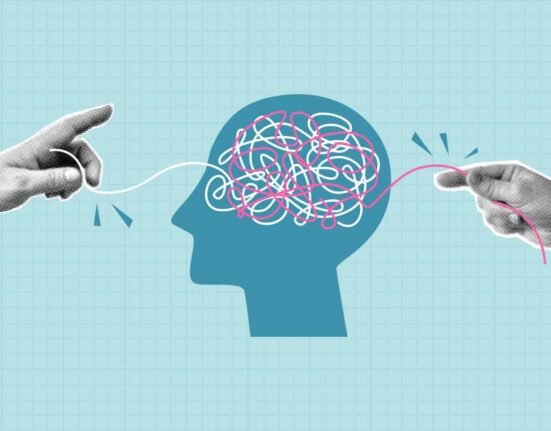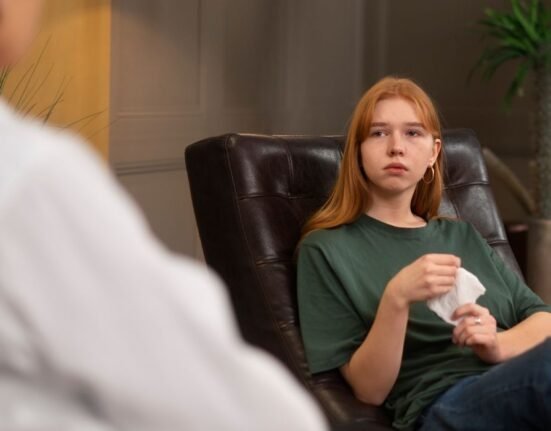Art Therapy can be understood as psychotherapy that is facilitated by a trained Art Therapist, and that involves the use of art and craft materials for the purpose of expressing one’s thoughts and emotions. Since the time of inception, art has been found to hold immense importance in terms of creating a platform for an individual to reflect upon one’s subconscious expressions. It’s like a mirror to the process of self-development. And the most beautiful characteristic of Art Therapy is that it is applicable for all age groups, hence creating tremendous opportunity for every individual to explore the potential of being both healed and happy.
Art Therapy has been found to work beautifully with children, especially those with special needs. As complementary psychotherapy, it touches effectively upon the three most important criteria of development among children; Cognitive abilities, Behavioural Skills and Social Skills. Across the world, various Art Therapy practitioners have reported positive results in terms of the application of Art Therapeutic intervention programme among the special need category of children. It has been found to be of immense importance for the following reasons:
● Openness to Creativity
● Openness to Flexibility in terms of the process of therapy, in relation to the client’s comfort
● Availability of scope of innovation on part of the therapist
● Freedom of Expression (involving no judgement of right or wrong, good or bad)
● Enhances Cognitive abilities
● Encourages emotional stability
● Enhances social skills
● Empowers individuals with self-confidence
● Enhances the process of self-development, development of high self-esteem, resilience etc.
In fact, these were just a few to name. With time and again several types of research happening to understand Art Therapy’s potential in terms of healing and development, more acceptability has been observed to grow towards the application of it.
Learning disability is a neurological disorder, characterised by the difference in the way a given individual’s brain functions. It cannot be cured or removed, but through effective intervention programme and training sessions, the children can be made to learn better and achieve successful results in the long run. The area of learning disability requires teachers and parents to focus on three aspects:
● The existing strengths of the child
● The potential of development
● The process of development
Keeping the above points into consideration, one can always choose the application of art therapeutic intervention programme for children with learning disabilities. The first stage, where it is required to identify the existing strength of the child; the process of rapport formation among the therapist and the child, developing a comfort zone for the child in the therapy environment, introducing the child to the idea of expressing oneself etc. becomes far more convenient with art and craft activities involved in it.
.jpg)
The second stage is where the therapist is required to understand the performance and involvement level of the child then identify the response level of the child and accordingly locate the scope of further development. This is the stage where an intense amount of creativity would be required to keep the child motivated to participate in the activities and show consistency in terms of taking initiatives. And what else other than art therapy could catalyse the process in this given stage?
Finally when talking about the third stage, wherein the child is made to learn a specific skill, it has to have something of interest to him. Something which is playful in nature, would not make him feel monotonous, would not make him feel challenged and would encourage him to enjoy his sessions. And thus, art therapy successfully bridges in the requirements with the process of development.
Having explained the role of art therapy in the above three stages, it is important to quote and understand that, the immediate nature of art and craft activities are being limitless. There are infinite ways of working with such activities for the human mental health benefits and especially with the paediatric population, this is extremely high in demand these days for the effective results that it has shown in the researches done till date.
A research conducted in Israel by Rita Freilich and Zipora Shechtman to observe the effect of the application of Art Therapeutic intervention among children with learning disabilities indicated a positive result in terms of enhancing their cognitive, social and behavioural skills. These children were observed to have a better level of interaction and bonding with their dear ones, there was an enhancement in their level of self-expression and they took an interest in social activities too.
Art Therapeutic interventions can be effectively used by the therapist, to help a child understand the process of learning better, without having to feel discouraged by the slow progress level. Art Therapy is a creative tool that can be effectively utilised to inculcate learning qualities among children with learning disabilities. The therapy caters to the need of exploring the existing skills of a given child in concern, and then further discovering the potential of the child to be better in terms of learning something new. Either way, it empowers the child with a sense of confidence, inspiration, and fearlessness, also encourages them to take initiatives.
Rawley A Silver did research wherein the children with learning disabilities were made to administer art therapeutic interventions. The intervention programme required the children to associate and represent concepts of drawing based on imaginations, perceive, draw and represent space drawings based on observations, attempt sequential art through painting, predictive drawing and modelling clay. The results post-application of the intervention reported surprisingly good results, showing an increase in the level of their interpersonal communication skills, ability to understand and express oneself, ability to conserve data and process information etc.
Art therapy helps to set a platform for children with learning disabilities to organise their process of learning in a way that comforts them. Once the basic skills of the child in terms of cognition, social interaction and behaviour have been explored with help of art therapy, it is the perfect time to introduce those art therapeutic interventions which would help them learn creatively. Post enhancement of cognitive, social and behavioural skills, now the child can reflect upon the content of learning in terms of reading, reasoning, remembering and recalling etc. The process requires an immense amount of patience and determination on the part of the therapist and the caregiver.
Children are many times observed to have retaliated in some ways, and that is exactly where the role of the therapist would be important, in terms of patiently and creatively moulding the therapy session in a way, that complements the idea of the child to be a part of the given therapeutic intervention session. Be it a child with dysgraphia, dyslexia, dyscalculia, auditory and visual perception disorder etc. Art Therapy is applicable to all the population and has shown significant results over the period of time, during its course of application.
.jpg)
However, the process of intervention would definitely differ from child to child, based on the concern and age group. The challenges faced in the field of learning disabilities would involve the training and therapy sessions as per the age of the child, along with the type of disability in existence. Nowadays, Art Therapy is also being used as a mode of assessment of abilities and skills of the child, thereby creating a platform for the therapist and parents to identify any existing concern more conveniently and immediately cater the requirement of therapy sessions. There are many reasons why children with learning disabilities prefer attending Art Therapy sessions, some of which are:
● It’s creative and playful
● It doesn’t involve them to be perfect at any attempt
● It encourages them to be themselves and explore their highest of potential
● It enables them to enjoy the freedom of imagination
● It encourages them to take initiatives etc.
While doing Art Therapeutic interventions with children having a learning disability, it is very important for the therapist to plan it in accordance to the child’s level of potential. The approach should not be of “what needs to be improved?” but rather, “what needs to be enhanced?”
Only when the therapist has been able to make the child feel confident about one’s development, can intervention oriented to goal of enabling them to learn any specific skill can be introduced, or rather should be introduced. Remember, the limit of potential of the child would always be determined by the attitude, approach and view of the therapist towards the child. The moment a therapist would claim something difficult for the child to learn, would the child be destined to learn to that limit itself.
Hence, it is immensely important for the therapist to be flexible, open, creative, innovative, and appreciative, as well as motivated in his/her work with the learning disability children.
Learning is an art itself, and thus when it comes to art therapy, there exists an advantage to make the process of learning all the more interesting and fun for the children.












Leave feedback about this